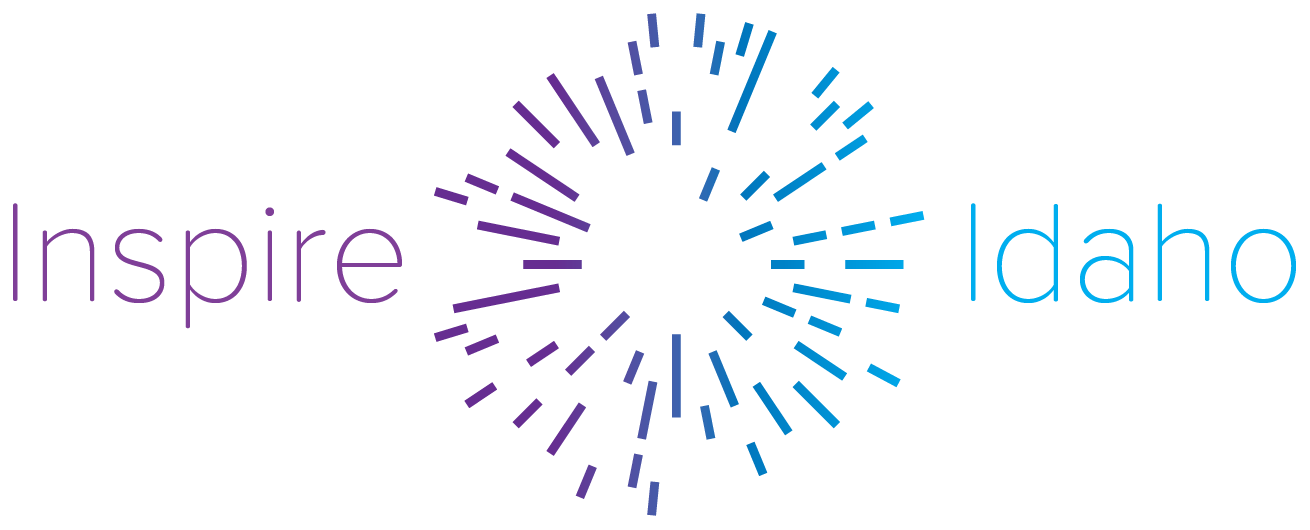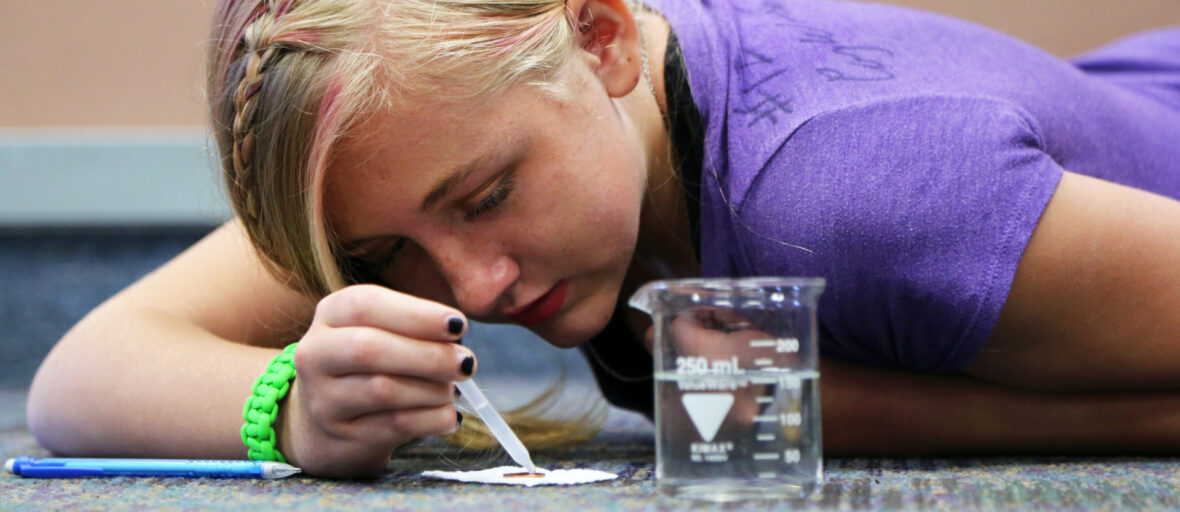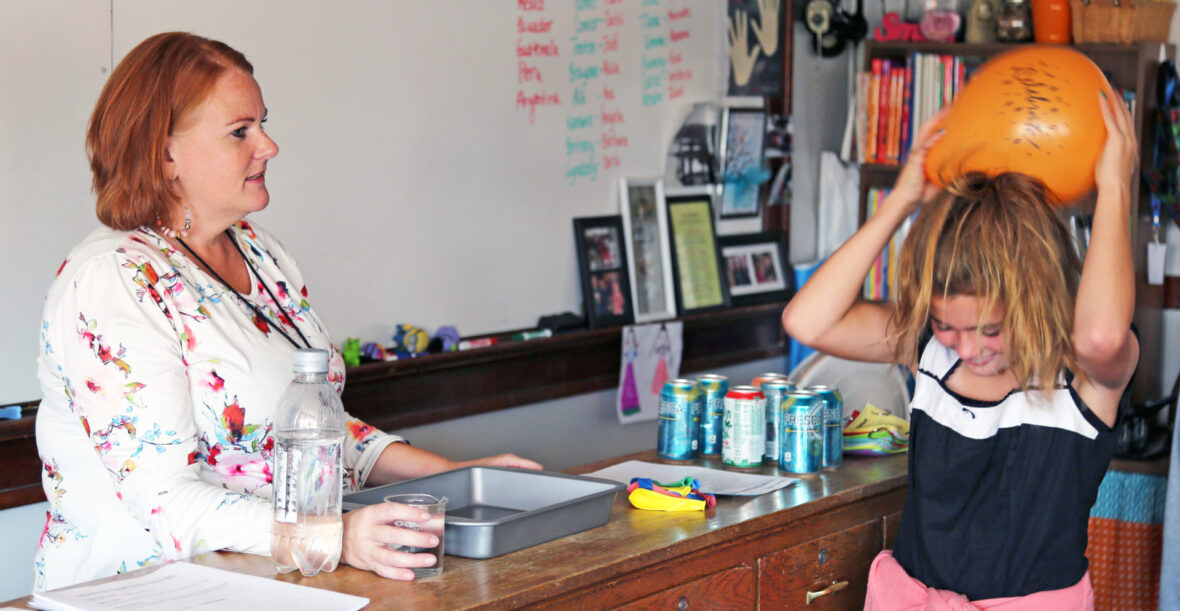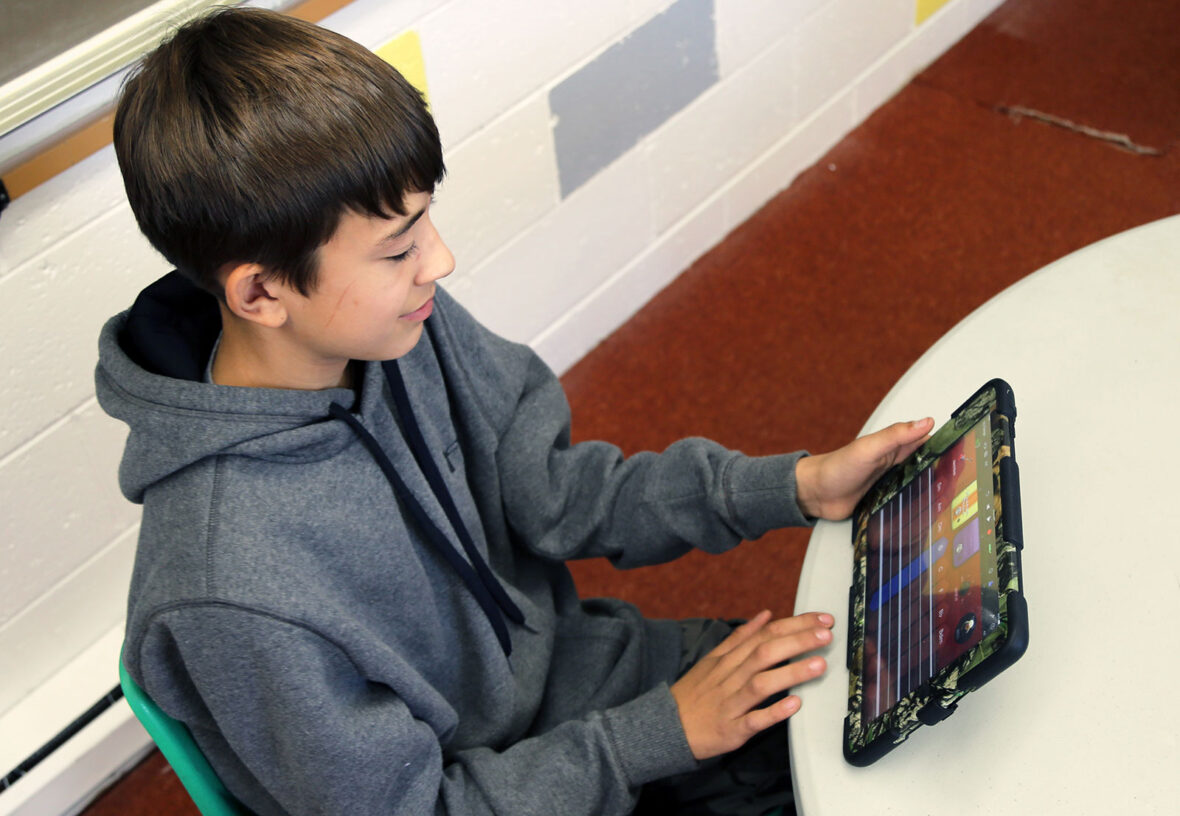
New Electives help science scores skyrocket in bear lake
THIS ARTICLE IS PART OF OUR YEAR-LONG SERIES CALLED INSPIRE IDAHO, WHICH SPOTLIGHTS SCHOOLS DOING SOMETHING DIFFERENTLY FOR A BETTER OUTCOME FOR STUDENTS.
Andrew Reed | Sept. 12, 2018
MONTPELIER — In a remote and rural Idaho town, middle schoolers are building robots, creating music and conducting science experiments.
The 280 students at Bear Lake Middle School have seven new elective classes to choose from. The classes all have hands-on learning components, which the students enjoy. They also are STEM-based, which the teachers are loving because standardized test scores are on the rise.
Since administrators added electives such as robotics and digital composing, 20 percent more students are proficient on the science standardized test.
THIS IS LEARNING IN ACTION.
– STEVE HEEDER, THE PRINCIPAL AT BEAR LAKE MIDDLE SCHOOL
Two years ago, Heeder asked his middle school staff: How can we get students talking about college before going to high school?
The answer was to expose students to a variety of science, technology, engineering and math careers.
In 2016-17, 50 percent of students met or exceeded the state science standards. Just one year later, 60 percent met or exceeded standards. Bear Lake Middle made huge ground and surpassing the state seventh grade average of 51.3 percent.
“The purpose is beyond standardize test scores,” he said. “As educators, we want to prepare students for the world.”
How it works
Eighth-grader Audrey Probst is building a table size LEGO robot and will program and make the robot move in robotics class. She is learning how to code, build and problem solve.
Seventh-grader Andrew Quintero is creating music using the sound of drums, guitar and a bass with the GarageBand app on an iPad. He's learning math and engineering skills while piecing together the beats.
"I found a passion I never knew I had, maybe I can do this as a job," he said.
Heeder’s goal is for students to take control of their learning and showcase their work.
Students are required to take two elective classes each year out of 18 class options. To give students the opportunity to explore interests and career pathways, Heeder added seven STEM elective classes two years ago.
STEM Electives
- Introduction to computers (required for six-graders)
- Computer application
- Engineering
- Robotics
- Coding
- Digital composing
- Academic pentathlon
Teachers and Heeder discuss ways to increase test scores during monthly meetings. The focus has been to improve English Language Arts scores. Heeder was surprised when science scores jumped.
“We aren’t doing STEM learning for a STEM sake, it’s a tool," he said. “Things are happening."

Beyond coursework, teachers are also working on strengthening attitudes. Teachers are training kids to own their learning through curiosity, believing and accepting failure. Science teacher Heidi Northover attributes test score improvements on the STEM teaching approach:
- Believe in students
- Promote curiosity
- Transfer control of the learning process to the students
- Provide hands-on, experiential learning
- Increase collaboration among students
- Accept failure
- Grow a learner
“My job is to train students to be contributors in society,” she said. “The old methods of teaching kids how to take tests or write an essay is in the past. It’s about asking kids why something works, and not being satisfied with a final answer.”

Northover said grants through the Idaho STEM Action Center encouraged the staff to think differently. Teachers raked in nearly $8,000 worth of grants and community donations in the last two years.
“The culture is changing,” she said. "Students are excited about learning."
To add more elective classes, Heeder had to make a change to the four-day school schedule. He cut a two-hour reading class down to a one-hour class. Students are receiving extra reading skills in science and social studies now.
“It wasn't easy, but a worthwhile change,” he said.
Bear Lake Middle School staff is working to become a STEM designation school and may introduce mastery-based learning in the coming years.
“STEM is a vehicle to developing these learning characteristic in our students,” he said. “I want to create even more opportunities for our kids.”

